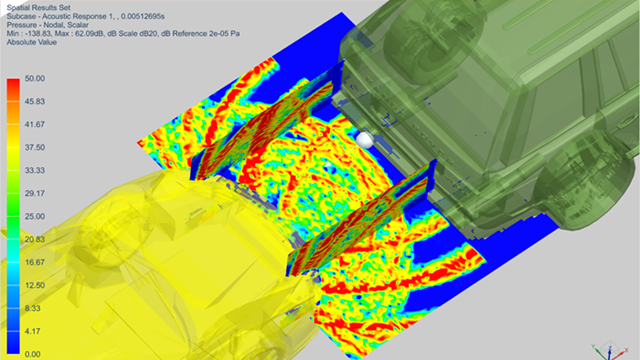Motion Simulation
Integrated multibody dynamics simulation
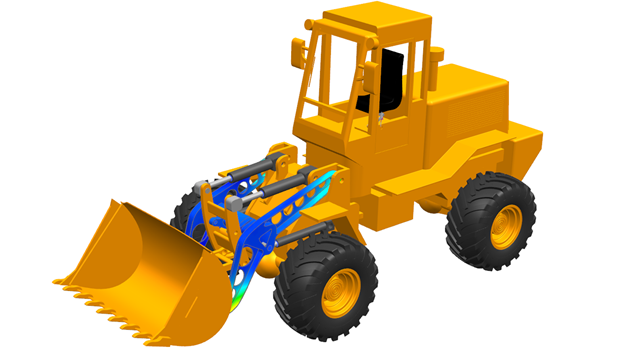
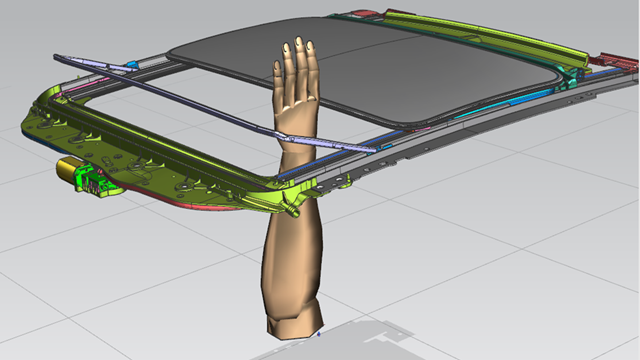
Co-simulation with Control Systems
Today’s products often have various controllers that include electronics, hydraulics and software components. The behavior of the control system impacts the hardware mechanical system, and vice-versa, and so it’s critical for mechanical and controls engineers to understand these effects as they develop their systems. You can increase engineering productivity by simulating and optimizing both the mechanical and control systems concurrently. Simcenter gives you the ability to co-simulate mechanical designs coupled with control systems to verify whether the control system design is robust enough to control the dynamic mechanism, and help eliminate costly changes later in development.
Flexible Bodies
Typical motion simulation represents mechanisms using rigid bodies. While this approach is acceptable for general design, in many cases, rigid bodies do not accurately represent all the parts and assemblies involved. However, by including the motion of flexible bodies, you can analyze elastic deformation and rigid body motion together. This facilitates a more accurate understanding of part and mechanism performance.
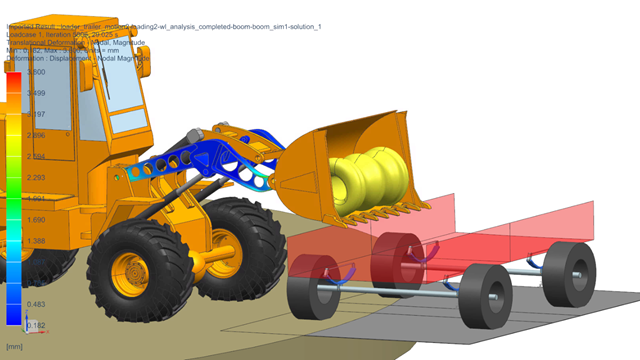
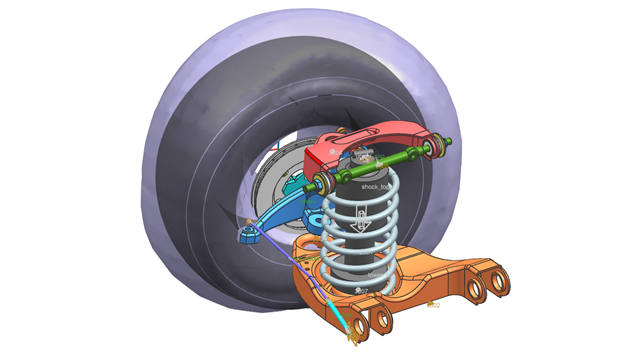
Interference Checking
When designing new assemblies, you need to consider the package space the assembly operates in and whether components will interfere with surrounding geometry. Simcenter can help you solve these this problem by providing a true multibody dynamic solver that can compute the displacement and position of assembly components connected to springs, bushings, and flexible bodies. By using your geometry directly, you can determine whether you need to make design changes to avoid interference issues.
Rigid Bodies
Basic multibody dynamics begins with rigid body motion, which is the fastest way to develop a critical understanding of your product’s motion characteristics. Simcenter gives you the right tools to perform detailed rigid body dynamics analyses. It’s easy to create your motion model directly from your CAD assembly through an automated conversion process based on your assembly constraints, or you can create your own model by scratch. You can also easily model and simulate contact between your rigid bodies.
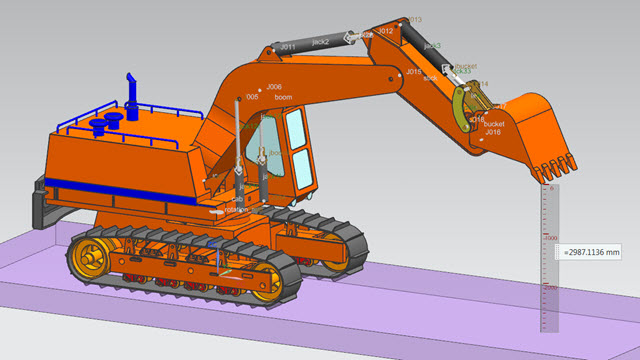
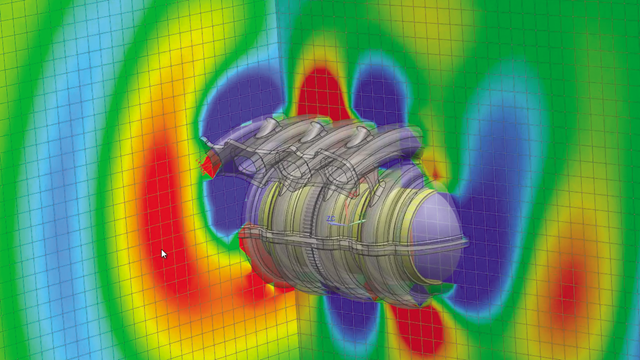
Finite Element Acoustics
The finite element method (FEM) for acoustics analysis is ideal for simulating interior acoustics problems. In addition to FEM being the more efficient method in terms of solution speed, FEM acoustics lets you perform coupled vibro-acoustics analyses that take structural modes and soundproofing materials into consideration. FEM acoustics can be easily used to solve exterior acoustics problems as well, such as for noise radiation analysis for powertrain components like air induction systems or gearboxes.
Ray Acoustics
Performing acoustic simulations up to high-frequency ranges is not always possible with standard finite element method (FEM) and boundary element method (BEM) technologies. Ray Acoustics allows you to competently and accurately perform acoustic analysis for high frequencies and allows you to efficiently and accurately perform various audio and in-vehicle acoustic comfort simulations, covering the entire hearing frequency range. Parking sensors and nearfield ADAS sensors are a good example use case where ray acoustics can help you quickly assess performance of these ultrasonic transducers and sensors which operate at frequencies of 40 kHz and beyond.
